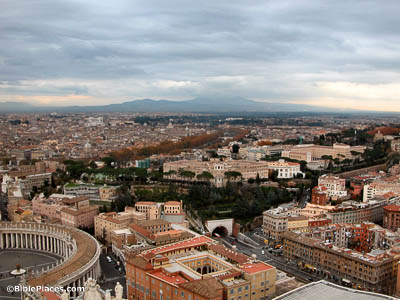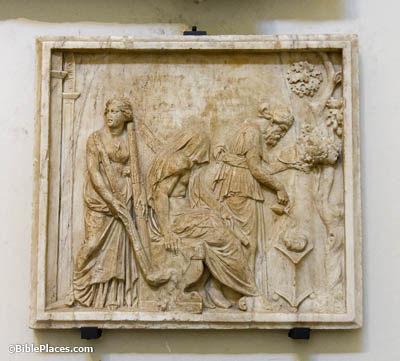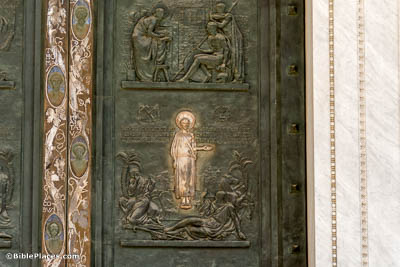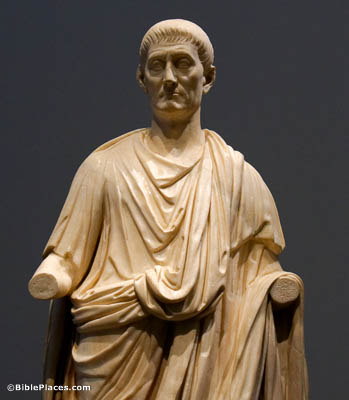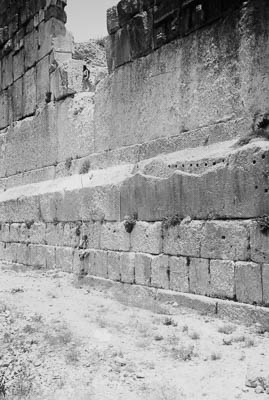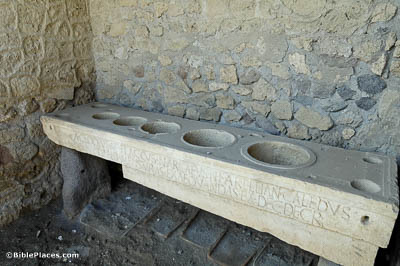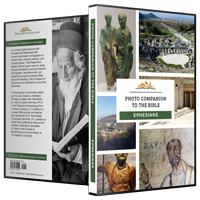For this reason I, Paul, the prisoner of Christ Jesus on behalf of you Gentiles . . . (Ephesians 3:1)
The traditional view is that Paul wrote Ephesians during his imprisonment in Rome sometime around AD 61. Philippians 1:13 indicates that he was under guard (cf. Acts 28:16). This photo provides a bird’s-eye perspective of the modern city of Rome, looking in the direction from which Paul approached the city. In Paul’s day, the population of Rome is estimated to have been one million people. Today the population of Rome is just under three million.
